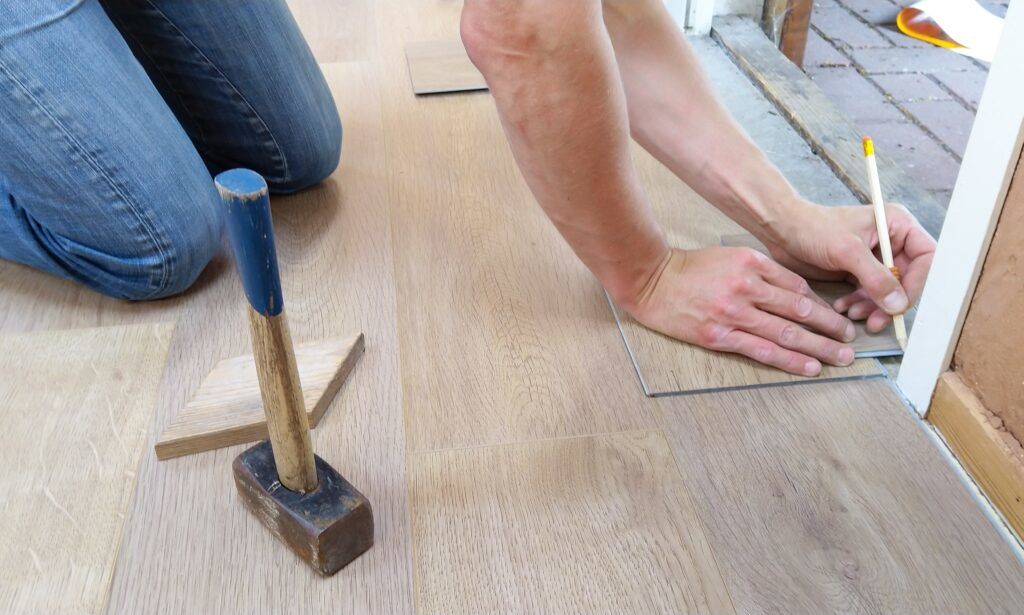NOTE: Before reading on, it’s important to understand that for various reasons small home additions are not usually cost effective to build modular. One way to do a modular home “addition” is to attach a small (minimum 1,000 SF) modular home to your existing home. Next Modular does not do custom modular home additions, or second story home additions of any size.
Whether you have already invested in a modular home or you are looking to do so soon, it is always helpful to learn more about the process. One of the many benefits of going modular is the ability to add floors and rooms down the road. Make sure you know what the modular home addition process looks like so that you can make your addition soon.
How Are Modular Homes Built?
First things first: let’s cover the basics. Unlike traditional homes, which are built on-location from the ground up, modular homes are built off-site in a factory. While the site is being prepped and the foundation poured, skilled contractors assemble your custom home in “blocks.” Once your site is prepped and the rooms are ready, your home is transported to its new location, assembled, and attached. Then, final touches like hookups, plumbing, etc. are finished.
Because each part of your modular home is assembled at one time, the building process goes much quicker than that of a traditional home. Additionally, indoor building eliminates weather delays, and less material waste saves money on the overall project.
What Does the Addition Process Look Like?
So, now that you know what the building process looks like, what does the addition process look like? Well, it looks much the same. Once you decide you want an addition and talk to your contractor, an evaluation takes place. The extra room or floor is built off-site, just like your home was. Then, depending on where your home addition is supposed to go, the appropriate demolition process takes place. The addition attaches to your home as a brand new “building block.” Final touches are attended to, and your addition is complete.
The exact process (mainly the demolition) depends on what type of addition you want. After all, an extra bathroom does not require nearly as much work as an entire story.
The Different Types of Modular Home Addition
Let’s take a closer look at the different types of modular home addition.
-
Attached Room (or Apartment) Addition
An “attached” home addition is added to the side or back of your modular home. Usually, this attachment is either an extra room or a full in-law apartment. If your family is growing, or you simply find that you need some extra space, a room or apartment addition gives you some elbow room. Many homeowners also add sunrooms or additional rooms for storage.
-
Detached “Addition”
A “detached” home addition is essentially a standalone, separate home that is built on your property. This is allowed in some areas, and may be classified as an Accessory Dwelling Unit. Some people call this a Dawdy House. You will need to check with your local building or zoning department to verify that you are allowed to do a detached dwelling unit on the same property. Many times this unit will need its own sewer and water hookups or systems.
How Can We Help?
If you’d like to know more about the benefits of modular homebuilding, do not hesitate to call us today. At Next Modular, we know that choosing a home is likely one of the most important financial decisions you will make. As an experienced modular home builder, we are committed to being your guiding light through this process.


